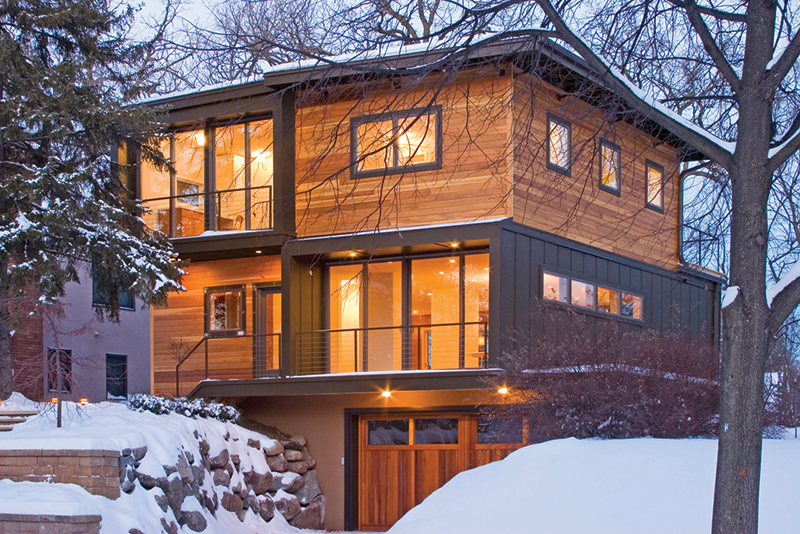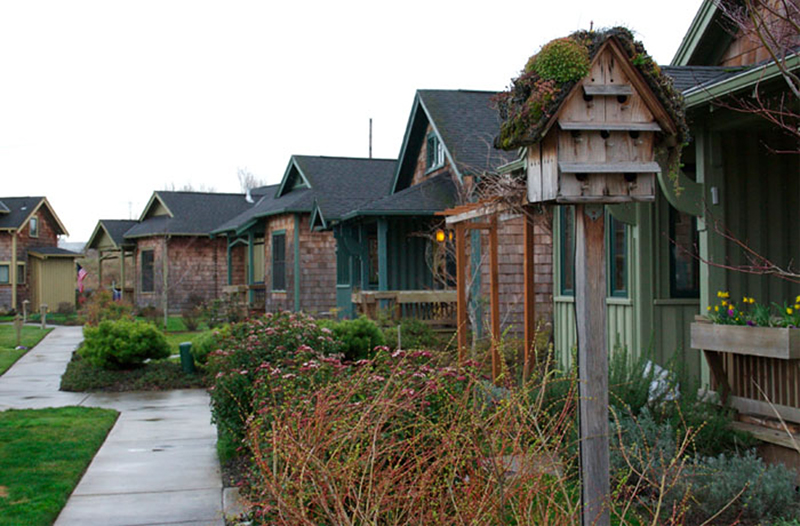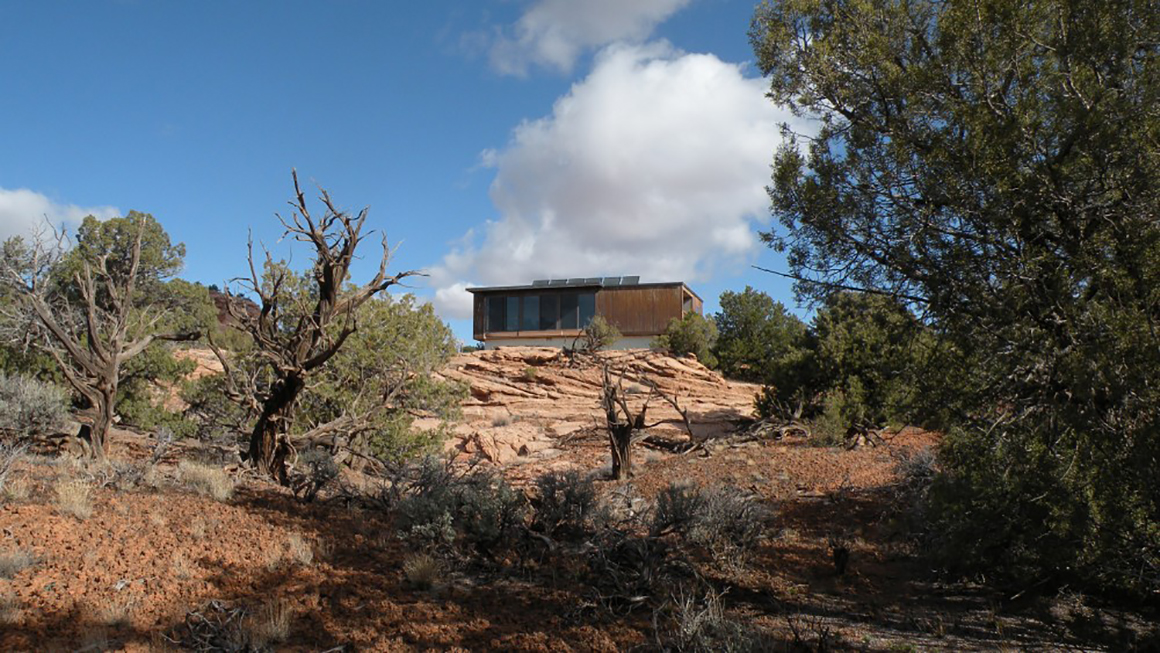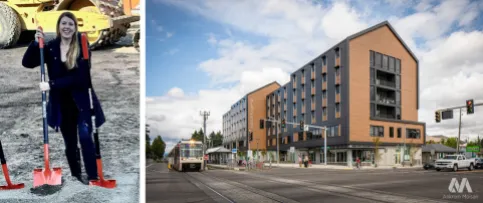You’ve probably seen tiny houses in your social media feeds, accompanied by comments about how “cute” or “adorable” they are. But for Alchemy Architects and Ross Chapin Architects, building smaller homes isn’t about jumping on board the twee movement—it’s about offering more options by creating sustainable, livable housing that can be tailored to serve the specific needs of individuals and communities.
By providing choices for those whose needs fall outside the typical housing market, these firms are improving the well-being of underserved communities and their environments.
Alchemy Architects: Reducing Waste Through Modular Design
Alchemy is a multidisciplinary team of architects and designers located in St. Paul, MN. Although the firm utilizes their hands-on approach to work on a wide variety of projects, they are perhaps most recognized for their weeHouses—which embodies Alchemy’s philosophy of creating “alternative and atypical project solutions.”
WeeHouses are built through a modular, prefabricated system that allows Alchemy to customize the project to each client’s structural and budgetary specifications. The firm has crafted their design-build process to maximize efficiency, both economically and environmentally.
“Sustainable practices are a mainstay of our daily work,” said Betsy Gabler, Business Development Director at Alchemy Architects. “We utilize recycling and reuse along with building strategies that reduce waste.”

The weeHouse isn’t meant to be a downsize—in fact, some of Alchemy’s modular constructions fall in the range of 1,800-2,400 square feet, close to the average U.S. home size. Rather, Alchemy’s goal is to get as much use as possible out of the space available. “The weeHouse achieves a ‘big-house’ feel in a smaller package,” said Gabler. “Efficient use of materials means that our clients’ resources—and our Earth’s resources—go further.”
Additionally, Alchemy’s indoor building environment eliminates many of the unknowns that accompany typical on-site building—including weather damage, transportation costs, and scheduling. The result is an economically friendly home that caters to the client, as affordable and available as each individual requires.
What’s next for Alchemy? The firm is planning to serve the St. Paul area with its first ecoVillage, small houses built on a half-block parcel set for construction in 2018. With easy access to public transportation, the spacing, location, and design of the initiative allows for an entire community of affordable, environmental living.
Ross Chapin Architects: Creating Livable Communities
Alchemy isn’t the only firm taking sustainable living to the community level: Ross Chapin Architects has been building Pocket Neighborhoods since 1996.
Clusters of eight to 12 small-scale houses nesting together around a shared open space, Pocket Neighborhoods are designed to make high-density housing efficient, livable, and friendly. The common space helps foster a sense of community and safety, allowing for shared resources as well as personal space.

The limited-size housing is smaller than the average home, but the difference in size is due in part to eliminating unnecessary space. “If we design around how we live, we can make our spaces match our living,” said Ross Chapin, FAIA. The key to this? “Less focus on square footage.” The houses that make up Pocket Neighborhoods are designed to feel bigger than they are—and to be low maintenance.
The structures carry multiple environmental benefits: with smaller buildings and less materials required, the construction’s initial impact is minimized, as is the energy required to heat, cool, and maintain the homes. But the real environmental focus of Chapin’s Pocket Neighborhoods is on high-density living in urban sprawl areas—creating close, affordable housing where other options require long commutes that increase pollution.
For architects and licensure candidates interested in working with small-scale living, Chapin’s advice is simple: get involved in your local community. "Get your hands into real projects,” said Chapin. “Your design skills and knowledge (and sweat) will be welcomed. You’ll meet good people, gain valuable experience, and make connections that could form the foundation to a rewarding career.



